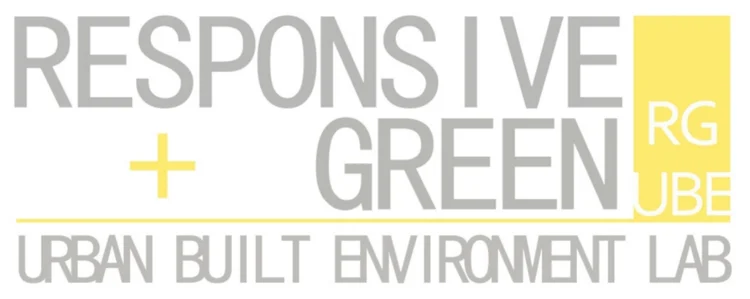We have received exciting papers from renowned #scholars, #architects and #neuroscientists for our #neuroarchitecture special issue, and we have space for just a few more. Submit your paper now. I am guest editing this special issue with Derek Clements-Croome, Charles Walker and Ali GhaffarianHoseini.
All papers will be published in Intelligent Buildings International @ Taylor & Francis Group
Take a look here: Link
More info:
Neuro-Architecture - Exploring the Intersection of Neuroscience and Design for Healthy Buildings and Urban Neighbourhoods
Our physical environments, including our homes, offices, walkways, and urban parks, have significant potential to impact our physical and mental health and overall wellbeing. As we continue to design and develop greener, smarter, and healthier buildings and cities, it is crucial to consider the impact of our design decisions on end-users. Exploring the intersection of neuroscience with building and urban design can create spaces and environments that prioritize end-users' health, comfort, and wellbeing. The field of neuro-architecture has the potential to uncover how our perceptions of our surroundings impact our brains and, in turn, our mood, productivity, comfort, and wellbeing. While the field has been around for some time, there is still much to explore in terms of how the design, performance, and conditions of environments impact us. This special issue aims to showcase the latest research in the fields of neuro-architecture and healthy buildings and their implications for the design of future buildings and urban areas.
Potential topics includes:
The implications, frameworks, indicators, and future of neuro-architecture
The impact of neuro-architecture on end-users' behaviour, comfort, and well-being
Healthy buildings and urban neighbourhoods and their key performance indicators
Sick building syndrome versus physical and mental health
The role of environmental factors on brain function and end-users' mood and productivity
Selected case studies showcasing the benefits of neuro-architecture and/or healthy buildings and urban areas
The use of digital technology, such as virtual reality, AI, and beyond, in designing and/or assessing neuro-architecture and healthy built environments
Best practices for utilizing neuroscience in building/urban design
The impact of homes, offices, educational buildings such as schools, hospitals, etc., on end-users' well-being
The intersection of neuroscience and sustainable and intelligent building design

